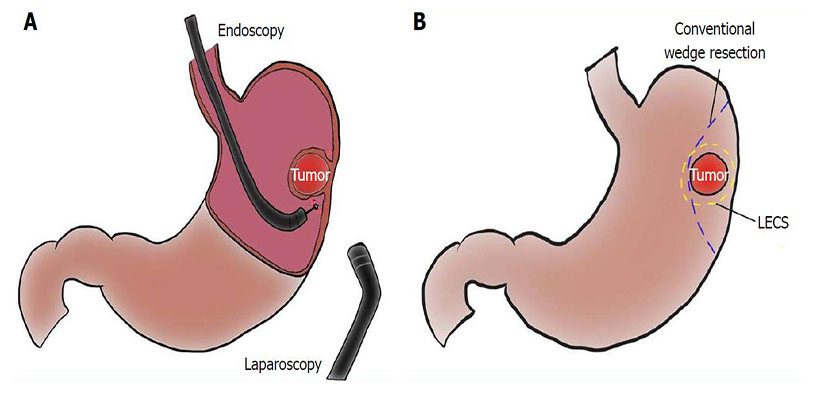


This surgical technique is also called endoscopic surgery or keyhole surgery. The principle of this technique is to perform the same operation as what would have been done by open surgical procedures but through minute openings in the body. This significantly reduces the pain after surgery and the duration of hospitalization. These procedures are carried out under general anesthesia. Laparoscopy and hysteroscopy are often performed together.
A laparoscopy is an operation in which your doctor will inspect the organs of your abdomen and pelvis. This is most commonly done for cases where couples have difficulty in becoming pregnant (infertility), in women with repeated abortions or pelvic pain. Almost all types of pelvic surgery can be performed laparoscopically. During this procedure, your doctor will make one, two (or sometimes three) very small incisions in your abdomen. Through these incisions, he will inspect the organs of your abdomen and pelvis. He can perform very fine surgery through these same incisions if required. In order to view your organs adequately, your doctor will distend your abdomen with gas. At the completion of the procedure, most of the gas will be removed, however, usually, a small amount will remain. This often leads to mild or moderate discomfort in the abdomen and shoulder area. On most occasions, this discomfort will largely settle within 6-12 hours of the procedure. In some cases however mild abdominal cramps may persist for 1-2 days. Small amounts of vaginal bleeding may occasionally occur after laparoscopy. This is entirely normal. If a laparoscopy and dye have been performed you will notice a blue-stained vaginal loss. Depending on the type of material used your suture(s) may need removal. Your doctor will advise you regarding this.
A hysteroscopy is an operation in which the Doctor will inspect the interior of your womb. This is most commonly done for couples with difficulty becoming pregnant (infertility) and women with repeated abortions or heavy bleeding. A liquid medium is used to distend the cavity of the womb and the interior can then be viewed. If required, a surgical procedure can be performed at the same time. There may be some discomfort in the lower abdomen for 4 to 6 hours after the procedure. A small amount of vaginal bleeding is expected and is normal after hysteroscopic surgery. You would generally be discharged on the same day of the procedure.
If you have had a general anesthetic for your operation, you must be accompanied by a responsible adult for 24 hours. Although you may feel alright, the effects of the anesthetic can persist for 48 hours. Therefore you must:
 go straight home and rest quietly
go straight home and rest quietly
 not drive a vehicle for 48 hours
not drive a vehicle for 48 hours
 not take alcohol for the rest of the day
not take alcohol for the rest of the day
 not operate any potentially dangerous machinery for 48 hours
not operate any potentially dangerous machinery for 48 hours
 do not make any important decisions for 48 hours
do not make any important decisions for 48 hours
Unless your doctor has advised you otherwise, intercourse may be resumed when you feel comfortable. If you experience any problems during the first 24 hours after your operation please Contact us
